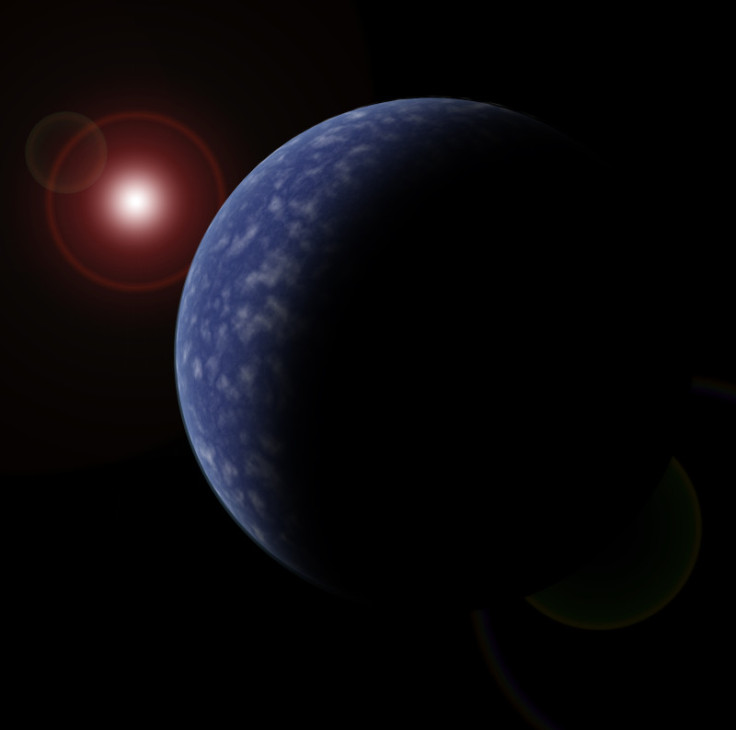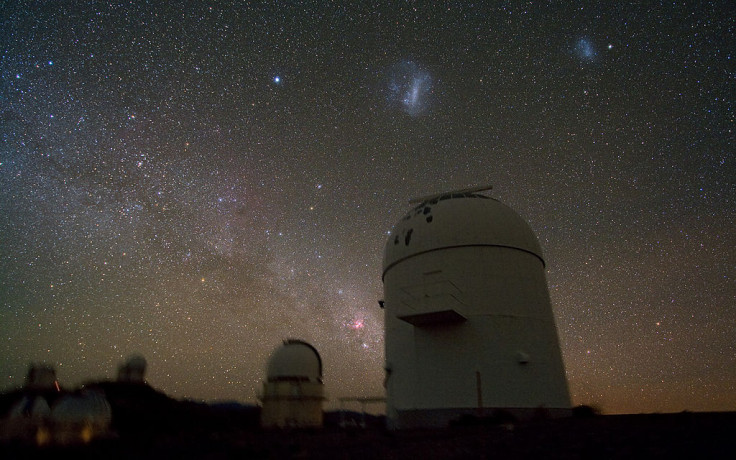Habitable Super-Earth Planets Orbiting Red Dwarfs Discovered Through 'Wobbles'

Three newly discovered planets classed as super-Earths have been found in the habitable zones of red dwarf stars near our sun.
The planets are among eight discovered orbiting nearby dwarf stars by astronomers from the University of Hertfordshire and the European Southern Observatory in Chile.
Published by the Monthly Notices of the Royal Astronomical Society, researchers discovered that almost all red dwarf stars – which make up three quarters of the known stars in the universe – have planets orbiting them.
The astronomers also found that habitable-zone super-Earth planets orbit around a quarter of the red dwarf's in the sun's neighbourhood. Planets in the habitable zone could potentially have liquid water on them, meaning they could support life.
Using the Harps (High Accuracy Radial Velocity Planet Searcher) and UVES (Ultraviolet and Visual Echelle Spectrograph) telescopes in Chile in conjunction with one another, the researchers were able to detect signals not strong enough to be seen by either instrument operating alone.

To find the planets, the astronomers measured how much a star "wobbles" in space because of a planet's gravity. As a planet orbits a distant star, its gravitational pull causes the star to move back and forth, the movement of which can be detected from the star's light.
Study author Mikko Tuomi said: "We were looking at the data from UVES alone, and noticed some variability that could not be explained by random noise. By combining those with data from HARPS, we managed to spot this spectacular haul of planet candidates.
"We are clearly probing a highly abundant population of low-mass planets, and can readily expect to find many more in the near future – even around the very closest stars to the Sun."
Their findings came as Nasa announced the discovery of 715 new planets in the universe. The three planets from the red dwarf study are orbiting stars between 15 and 80 light years away and they have orbital periods of between two weeks and nine years.
Hugh Jones, from the University of Hertfordshire, said: "This result is somewhat expected in the sense that studies of distant red dwarfs with the Kepler mission indicate a significant population of small radius planets. So it is pleasing to be able to confirm this result with a sample of stars that are among the brightest in their class."
© Copyright IBTimes 2025. All rights reserved.






















